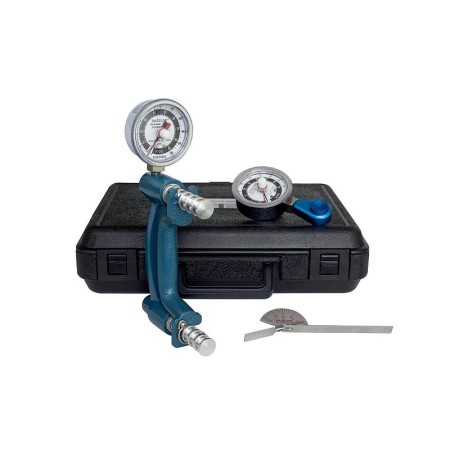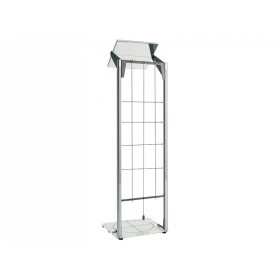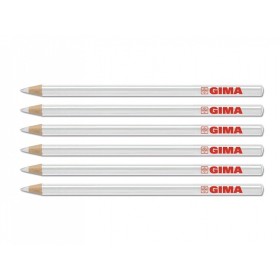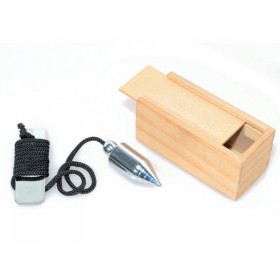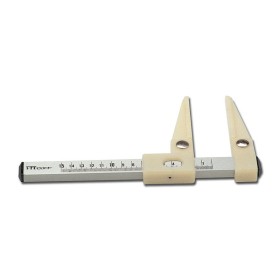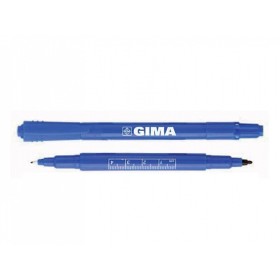con carta di credito, Paypal e bonifico bancario.
con corrieri BRT, DPD e FedEx
via Whatsapp +39.371.43.61.201
Il kit è composto da tre strumenti contenuti in una comoda valigetta. Offrono numerose funzioni per gli impieghi di screening standard e per la diagnostica di traumi e patologie della mano.
Dispositivo medico classe I
- Il Dinamometro Idraulico per la mano è progettato per garantire un funzionamento affidabile costante nel tempo. È uno strumento di precisione, la cui accuratezza può risultare pregiudicata da un uso improprio. Accertarsi che il paziente indossi il cinturino di sicurezza per ridurre al minimo il rischio che lo strumento possa cadere accidentalmente.
- Il Dinamometro idraulico del dito, permette una precisa e reale misurazione della pressione esercitata. Il dinamometro, nella misurazione, viene tenuto in mano dal terapista mentre il paziente esercita solo la pressione con le dita. La lettura rimane sull'indicatore fintanto che questa non viene azzerata.
- Il Goniometro del dito, strumento in acciaio inox, ideale per la misurazione delle articolazioni metacarpali, falangee e interfalangee. La visualizzazione dei gradi è indicata su entrambi i lati del goniometro.
FUNZIONI
- Lettura a doppia scala. Visualizza la forza di pressione in libbre e chilogrammi, con una lettura massima di 200 libbre o 90 kg.
- Ago con funzione di tenuta del picco. Per comodità e per semplificare la registrazione dei dati, mantiene automaticamente il valore più alto misurato, indicato dall’ago con funzione di misura del picco. La lettura rimane sull’indicatore fintanto che questo non viene azzerato.
- Precisione e riproducibilità. È isometrico durante l’uso, con movimenti pressoché impercettibili dell’impugnatura, indipendentemente dalla forza di pressione. Vengono così garantiti risultati precisi e riproducibili.
- Impugnatura regolabile. Per adattarsi a mani di diversa grandezza, l’impugnatura può essere regolata in cinque posizioni: da 1.3/8” a 3.3/8”, con incrementi di mezzo pollice. Poiché la forza di pressione può variare anche nello stesso paziente, questa funzione permette al terapista di quantificare la forza di pressione per oggetti di dimensioni diverse.
BENEFICI
Alcuni pazienti possono essere riluttanti a esercitare il massimo sforzo nei test di valutazione della presione. La ripetizione del test dopo una breve pausa di riposo permetterà di capire se il paziente sta esercitando il massimo sforzo.
- Testare la presione nel modo abituale, rilevando le letture con l’impugnatura in ciascuna posizione del dinamometro.
- Eseguire il test sulla mano sana e poi su quella infortunata. Permettere al paziente di vedere le misurazioni.
- Ripetere il test dopo una pausa di cinque minuti.
Di solito se il paziente ha eseguito il test con il massimo sforzo, le letture nelle varie posizioni di pressione presenteranno variazioni inferiori al 10%. Se invece il paziente non ha esercitato il massimo sforzo, si avranno variazioni maggiori e incostanti tra un test e l’altro.

